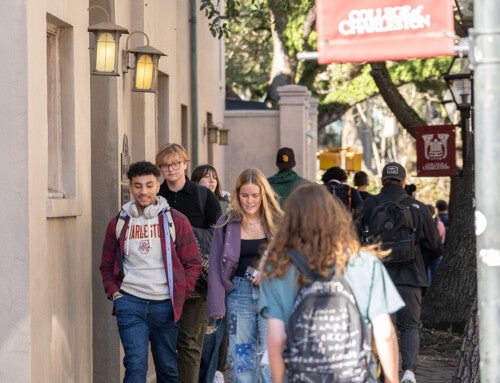It has been a few years since residents in Charleston have seen a total solar eclipse.
Forty-seven years to be exact.
Back on March 7, 1970, a solar eclipse cut a 100-mile-wide swath from Mexico, through Florida, Georgia, the Carolinas and Virginia and clipped Massachusetts’ Nantucket as it headed out to sea. It was nicknamed “The Eclipse of the Century.”
If you missed that one (or hadn’t been born yet), you’ll have another chance to witness a total solar eclipse on Aug. 21, 2017, when the “Great American Total Solar Eclipse” crosses the entire continental United States. The last time a total solar eclipse traveled coast to coast was in 1918 when an eclipse’s shadow traveled from Washington State to Florida.
Reporter John Noble Wilford of The New York Times described the 1970 eclipse this way:
“The total eclipse, the first to be seen over heavily populated areas of the United States since 1925, was greeted with curiously and passing awe. Millions of people observed the phenomenon, and a holiday sprit prevailed among the thousands of sightseers who crowed beaches, towns and islands where the viewing was most favorable.”
RELATED: Find out what the College is doing to prepare for this summer’s solar eclipse.
Charleston was one of the few places in the United States that experienced total darkness during the 1970 eclipse.
The Charleston News and Courier reporter Ben Palmer wrote in the following morning’s newspaper:
“Near 1 p.m. it was noticeably darker everywhere. It was a strange sort of darkness, not exactly like that of approaching dawn or dusk, and it appeared to reach a certain level and then stop. About a minute before totality at 1:25 p.m., the sky began to darken rapidly from the southwest, much like an approaching thunderstorm. With the arrival of the complete shadow, it became quite dark — comparable to the darkness on the night of a harvest moon. Light returned just as quickly as it left and everything was back to normal within a half hour after totality.”
The 1970 eclipse was one of the first eclipses to be covered on live television. Watch the video below to see how CBS News covered the events:
https://youtu.be/IRI1AdSSy1k
Feature photo: NASA/Bill Ingalls




